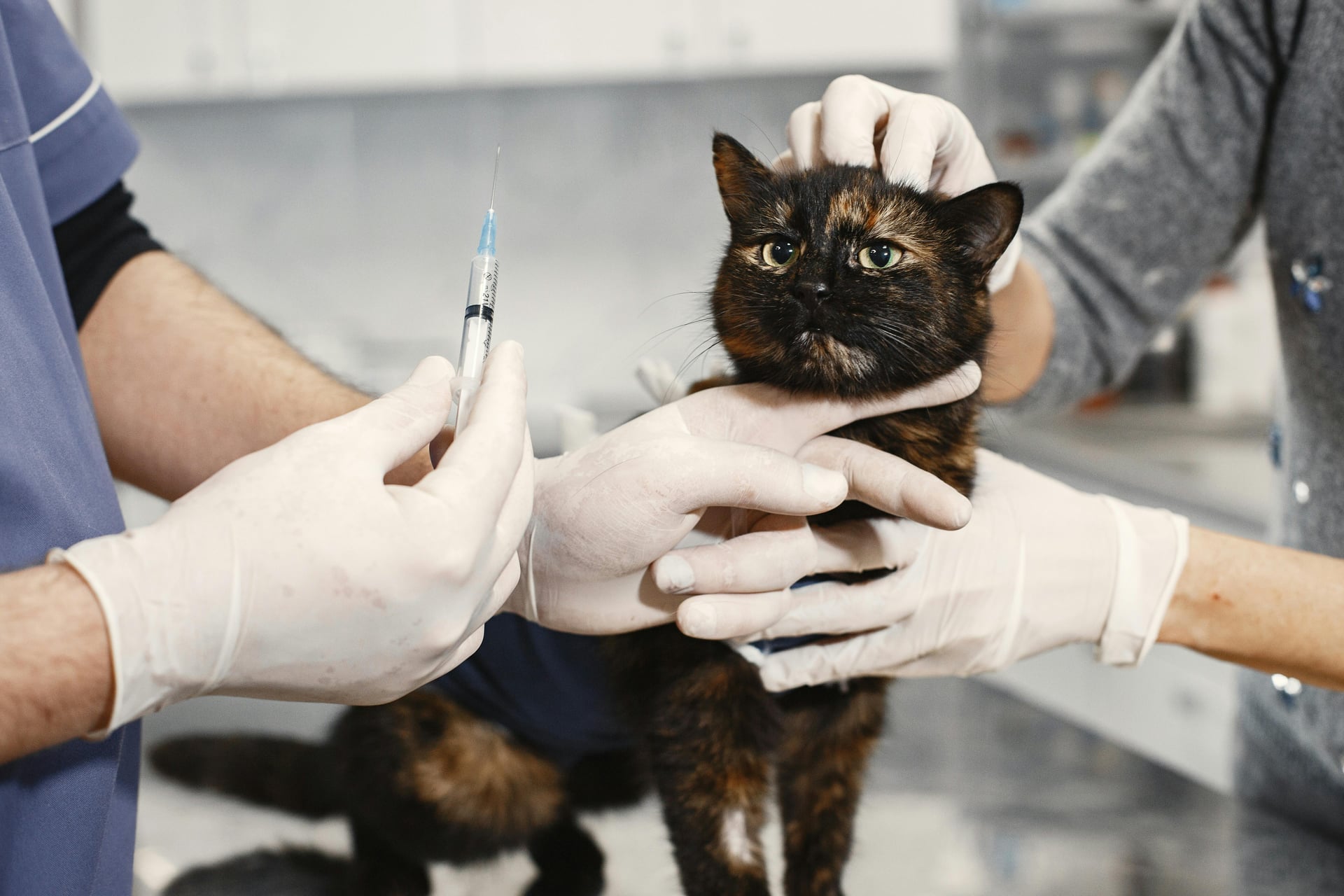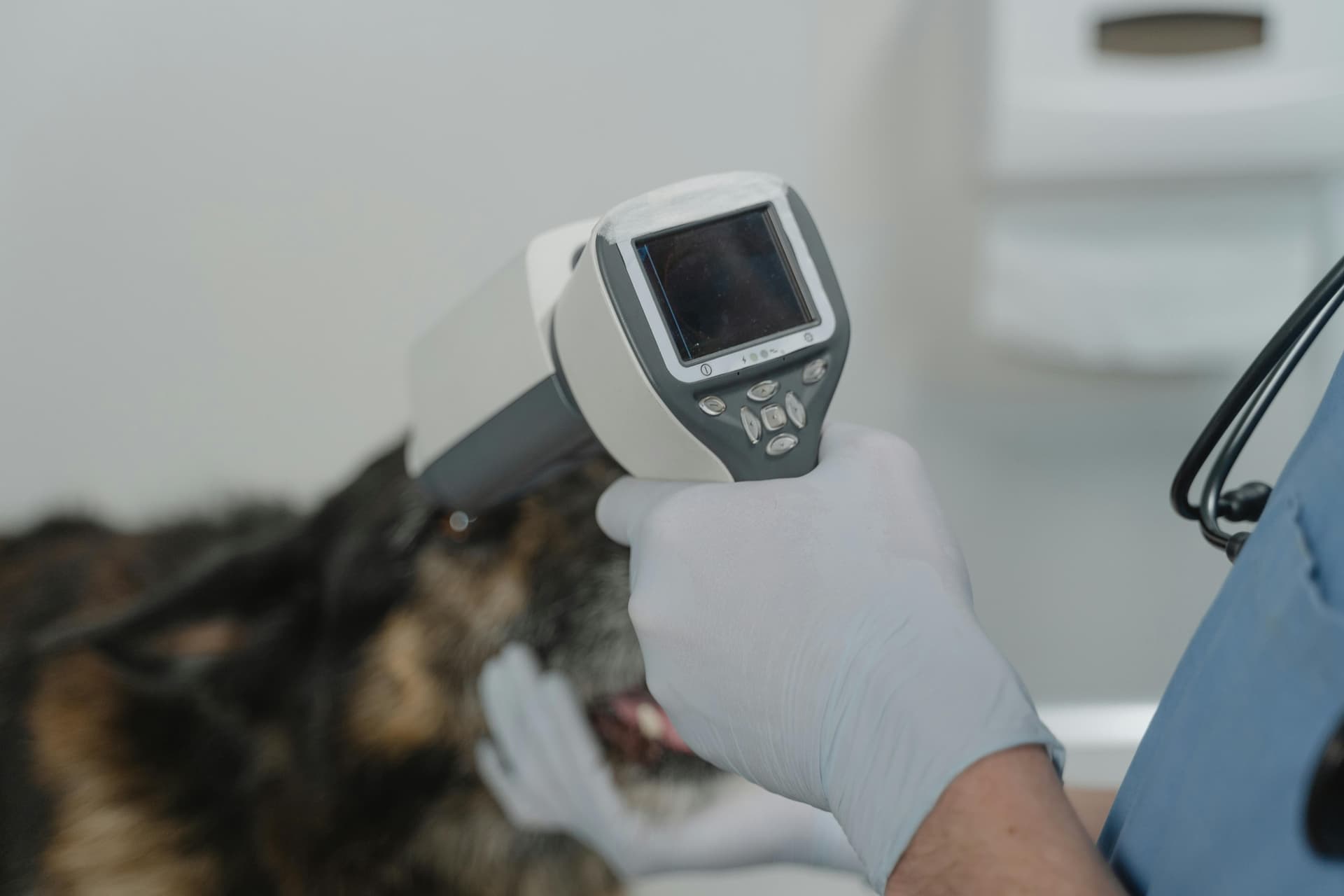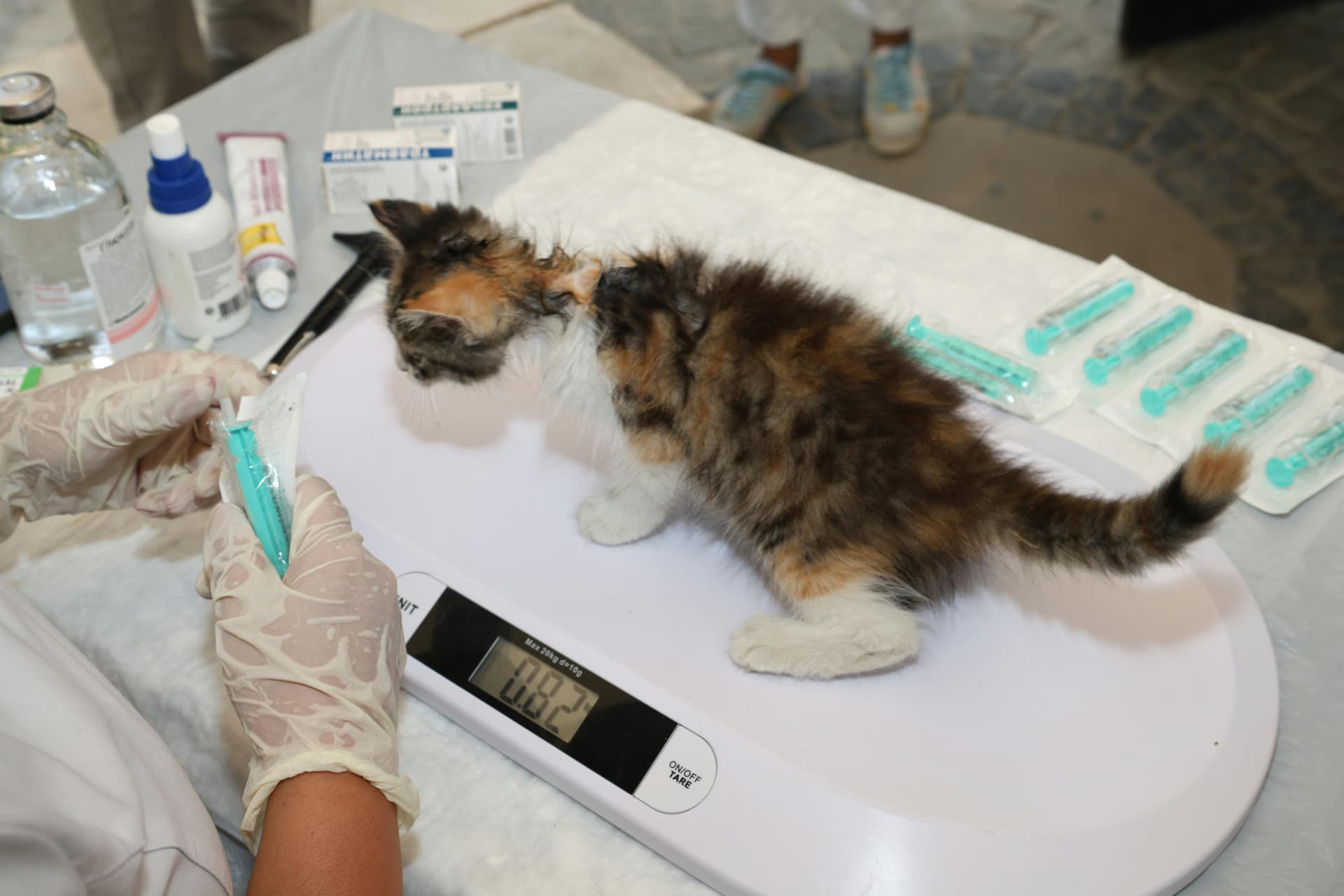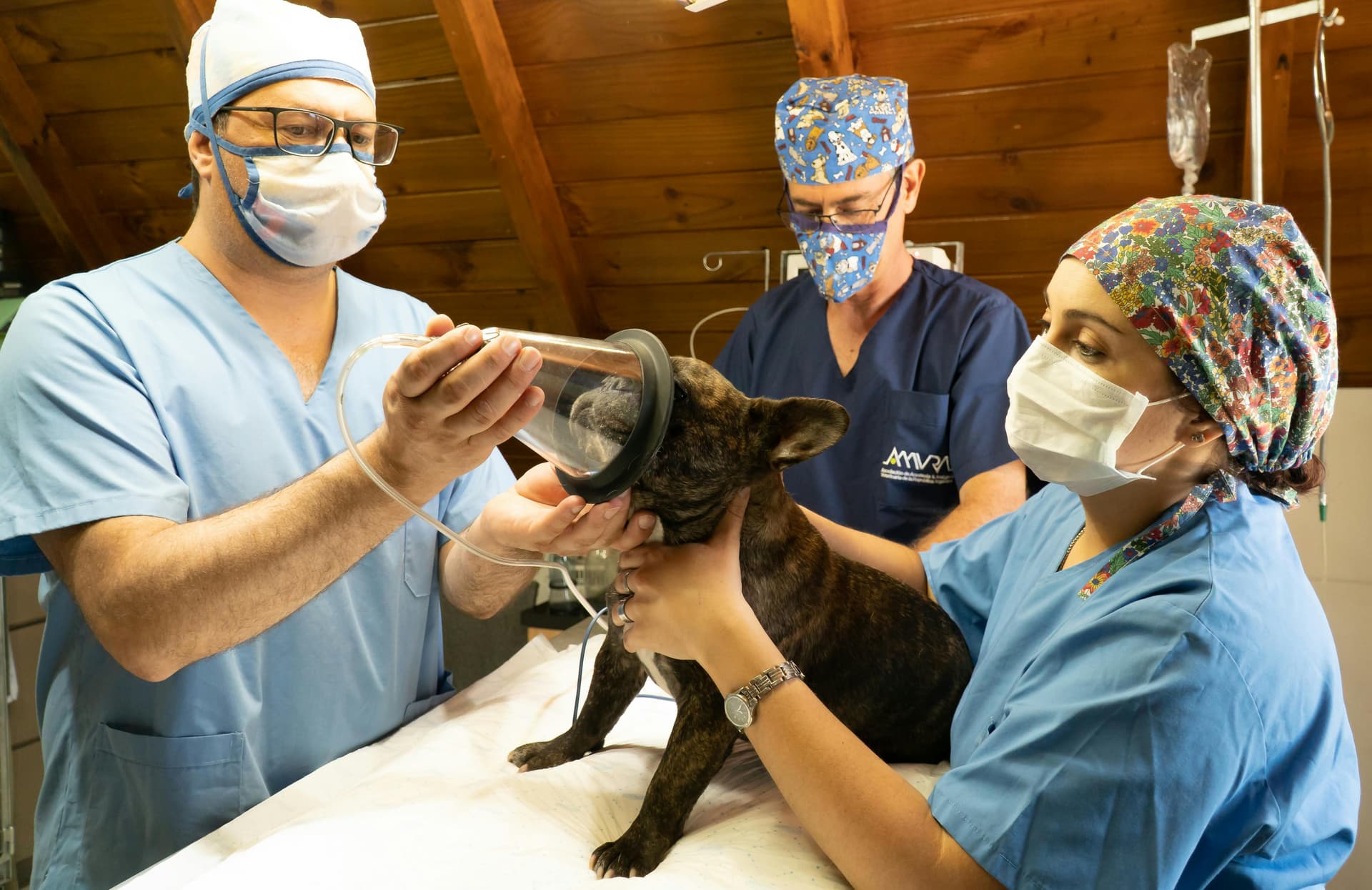Every pet parent wants to do the right thing. You take your dog in for vaccines, schedule the annual exam for your cat, and even keep flea prevention on track. But what happens when the vet says your pet needs surgery costing $3,000, or ongoing treatment for something chronic like diabetes?
At PetCoverage.ai, we help pet owners understand the real difference between “wellness” and “coverage.” Too often, families are surprised to learn that their wellness plan doesn’t help with accidents, emergencies, or chronic care. Our mission is to give pet parents clarity, so they know exactly what’s included, what’s not, and how to avoid expensive surprises at the vet.
Let’s dive in!
Wellness Plans: Routine Care Only
A pet insurance wellness plan is built for everyday, predictable care, the things you already expect each year:
Annual exams and checkups
Vaccines and boosters
Parasite prevention (flea, tick, heartworm)
Routine dental cleanings
Spay/neuter (sometimes included)
Think of it as a budgeting tool. You pay a small additional fee each month, and the insurer reimburses you for preventive services. It spreads out the cost of care you’d likely pay for anyway.
But here’s the catch: wellness does not cover emergencies, accidents, or serious illnesses. It won’t help if your pet swallows a toy, breaks a leg, or needs cancer treatment. Don’t let this costly mistake leave you with bills in the thousands. At PetCoverage.ai, we always remind clients that wellness is useful but not true protection. If you’re unsure how wellness fits with real coverage, explore our full guide on understanding your pet coverage.
Now, If you’re asking “does pet insurance cover wellness visits?”, the answer is no, not automatically. Only if you add a wellness plan rider will those preventive visits be reimbursed. That’s why it’s critical to know exactly what’s included in your policy.

Coverage (Accident & Illness): Real Protection
Coverage (sometimes called Accident & Illness insurance) is the true safety net. It’s the part of pet insurance that steps in when the bills suddenly spike:
ER exams and urgent care
Imaging like x-rays, ultrasound, and MRI
Surgeries and overnight hospitalization
Chronic conditions and cancer treatments
Prescription medications
This is what shields you from financial shock. Vet bills for serious problems often land between $2,000 and $10,000 or more. Without coverage, you’re responsible for every dollar. And here’s the hard truth: more than half (52%) of pet owners have skipped or declined vet care in the past year, and 71% said cost was the main reason. That’s exactly the kind of heartbreaking decision the right coverage can help you avoid.
If you’re wondering how to get pet insurance coverage, it usually starts with comparing accident & illness policies from top providers and making sure the plan covers emergencies, chronic conditions, and prescriptions.
At PetCoverage.ai, we guide pet parents through comparing these policies, so you know which plan will actually protect you when the unexpected happens.
The Big Difference
Wellness = Preventive care (planned costs).
Covers routine visits, vaccines, and screenings.Coverage = Emergency protection (unexpected, expensive care).
Pays when your pet faces a costly illness, accident, or surgery.
Wellness can be a helpful add-on, but accident & illness coverage is non-negotiable if you want real peace of mind.
Want to make sure your policy actually protects you? Start your free policy review today at PetCoverage.ai and avoid being blindsided by vet bills.
A Real Example
One pet parent shared that their cat needed surgery to remove an intestinal blockage after swallowing string. The bill came to around $3,000. Their wellness plan covered nothing, it only reimbursed vaccines earlier in the year. Thankfully, they had accident & illness coverage, which reimbursed most of the surgery.
Stories like these are why PetCoverage.ai helps families compare plans before emergencies happen. With the right coverage, panic turns into relief.
Which Should You Choose?
Here’s how to decide:
If you want help budgeting annual care → a pet insurance wellness plan can be worth it.
If you want protection from emergencies → accident & illness coverage is essential.
If your budget allows, combining both gives you full-spectrum protection: wellness for routine care and coverage for the unexpected.
if you’re asking what are the benefits of pet insurance coverage?, the biggest one is peace of mind, knowing you won’t have to choose between your finances and your pet’s health.
So, is pet wellness insurance worth it? Yes, but only if you consistently use preventive care and want those costs spread out. But remember: wellness alone won’t save you from a major ER bill.
At PetCoverage.ai, our licensed brokers review policies, explain coverage in plain English, and help you find the right balance between wellness and protection. Compare plans now before the next emergency hits.

Frequently Asked Questions (FAQs)
1. Does pet insurance cover wellness visits automatically?
No. Only accident and illness are standard. You need to add a wellness rider to get preventive visits covered.
2. What pet insurance covers wellness visits best?
The best options are plans that list exact reimbursement amounts for exams, vaccines, and cleanings, so you know what you’ll actually get back.
3. Is pet wellness insurance worth it if I already have coverage?
It can be if you regularly use preventive care. Just remember, it’s a supplement, not a substitute, for real protection.
Key Takeaways
In wrapping up our look at pet insurance wellness vs coverage, it’s clear that understanding the difference can save you from costly surprises at the vet. Here are three key takeaways:
Wellness is budgeting, not protection. A pet insurance wellness plan only covers routine, predictable care like vaccines and annual exams.
Coverage is your true safety net. Accident & illness insurance is what saves you from unexpected bills in the thousands.
Combine for full protection. Use coverage as your foundation, and add wellness only if it makes sense for your pet’s preventive care needs.
We’ve covered the crucial differences, how each works, and what they mean for your pet’s health and your wallet.
For more insights and updates, follow PetCoverage.ai on Facebook, Instagram, TikTok, and LinkedIn to stay connected and informed.






